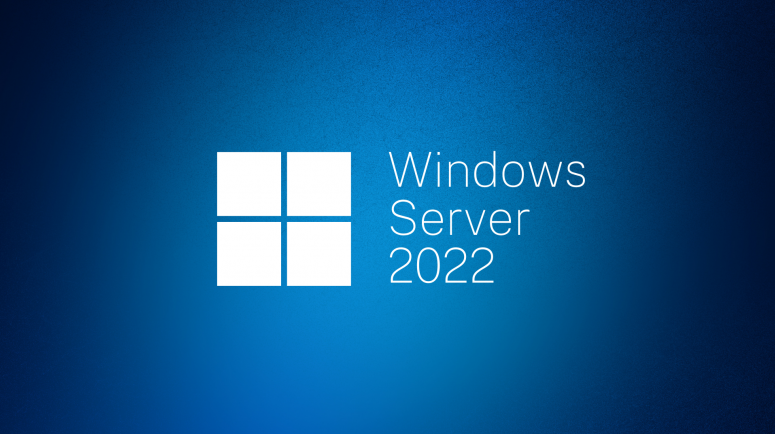Protecting valuable things has always been a challenge and in today’s digital age, data is an incredibly valuable commodity. In fact, learning that your email and other account information has been breached is on of the biggest concerns for most individuals today. And while there are aspects of your security that you cannot control – such as data breaches at major companies – there are some actions you can take to keep your information and accounts safe in the event of a data breach.
It is no longer enough to simply use a password. Ninety percent of employee passwords can be cracked within six hours, and nearly two-thirds of individuals indicate they use the same password everywhere. Moreover, many huge companies have suffered breaches on a massive scale – such as Yahoo’s 2016 breach in which 3 billion accounts were hacked. Often, these breaches provide hackers with usernames as well as passwords. This was recently highlighted by the release of Collections 1-5, which provided hackers with the password and username combinations for billions of accounts. This means that accounts without two-factor authentication are currently extremely vulnerable.

What is two-factor authentication?
The primary method for increasing the security of your digital information is two-factor authentication. Two-factor authentication (or multi-factor authentication) provides an extra layer of security by double-checking log-in attempts to make sure that it is really you who is trying to access the account. When you log into an account with only a password, you would be using single-factor authentication, which requires you to only have one thing (the password) in order to access the account. With two-factor authentication, you must provide something in addition to your password before access is granted.
How does it work?
At the time of log-in, two-factor authentication will prompt the user to provide something in addition to the password; this can be information that you know, something interacting with a physical device that you have, or a biological indicator to confirm your identity. These three categories are broken down further below.
Information
The second factor in two-factor authentication is often an additional piece of information, such as a second password, a PIN code, or the answer to a personalized question. This is the simplest form of two-factor authentication. This may also work by sending a one-time authorization code to a secondary account – such as through SMS, an email address, or a voice call.
Physical Device
When two-factor authentication relies on physical devices, the second factor will allow you to confirm your identity using something like a token, a SIM card, or a USB stick. It will also allow you to have standard alerts sent to your registered devices that will provide a prompt for you to confirm any new log-ins. Software tokens may also install when you generate an account or
enable two-factor authentication. These are sometimes present without the user even knowing, but if the account has an attempted access from another device that isn’t owned by the account owner, the log-in will fail.
Biometric Data
This is the most-sophisticated type of two-factor authentication and it is generally reserved for users that can afford the equipment. In this type of two-factor authentication, a biological trait that it unique to you will be requested to confirm your identity. This could be a fingerprint, a facial scan, voice recognition, or even a retinal scan. Smartphones are increasingly adding biometric features, and in the future, this type of two-factor authentication will likely be more popular.
What accounts should I enable two-factor authentication on?
Two-factor authentication is crucial for any accounts that have access to financial data, such as online banking or shopping and email accounts. It is also beneficial to enable two-factor authentication on accounts with companies that are frequently the target of hackers, such as Google, Amazon, Facebook, and any other social media accounts you may have.
How can Int Tec Solutions help you increase your security?
Two-factor authentication is a crucial element in improving your data security plan. However, in today’s digital environment, security practices are evolving every day to meet the growing threat posed by hackers. Int Tec Solutions would be happy to help you assess your current security measures and develop a plan to enhance them. While there is no guarantee that the threat of a data breach can be entirely eliminated, the chances of suffering one can be greatly reduced when you place your trust with us.


